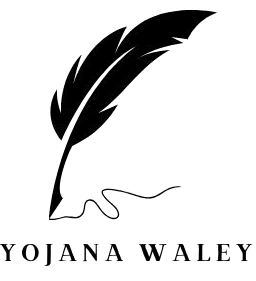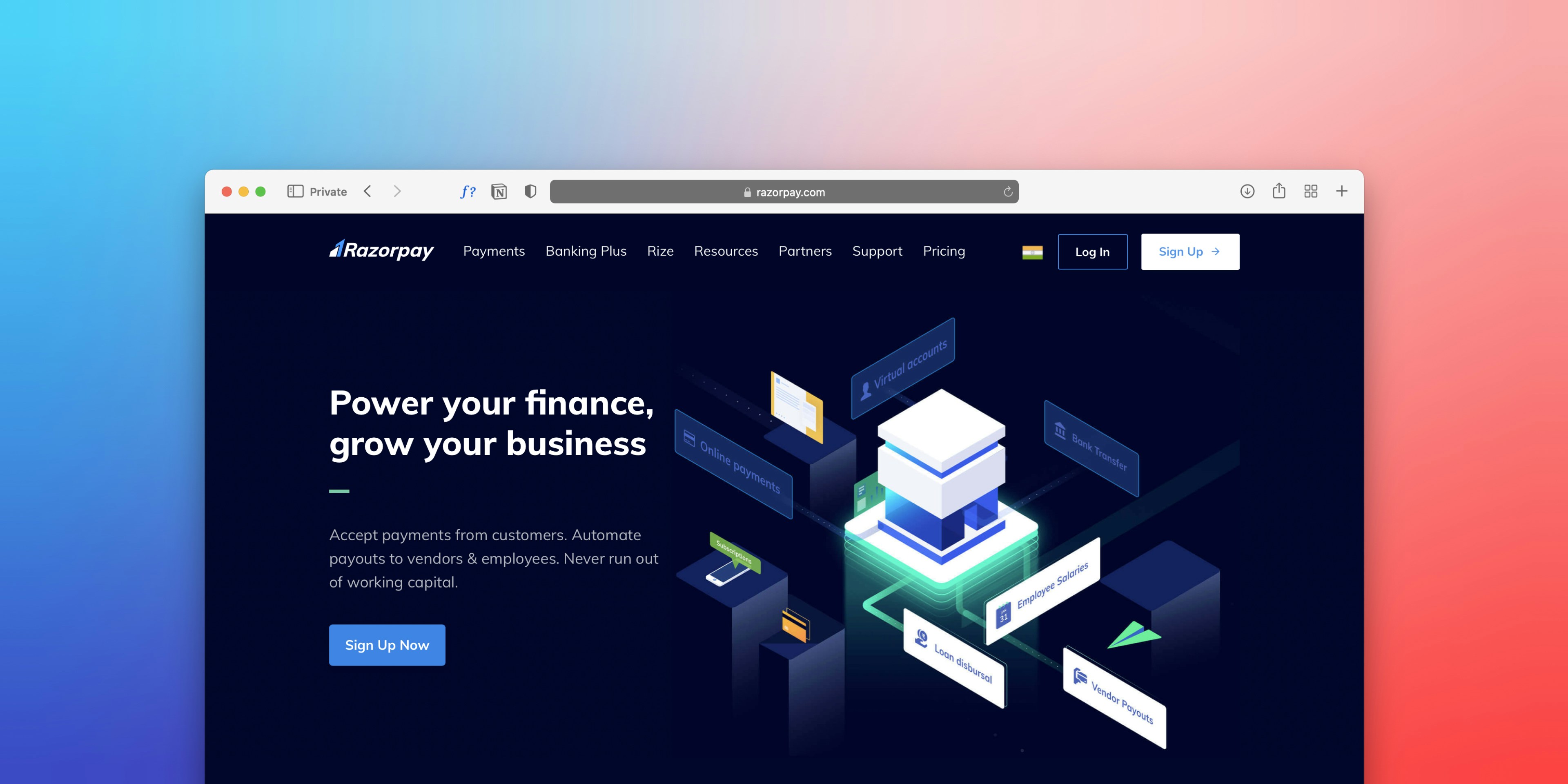Introduction to UP Ration Cards
Ration cards are an essential identification tool for residents of Uttar Pradesh, aimed at ensuring access to subsidized food and essential commodities. These cards serve as a mechanism for the government to provide financial assistance to vulnerable populations, thereby improving their standard of living. In Uttar Pradesh, the ration card scheme has been implemented to cater to various socio-economic groups, reflecting the need to support those in financial distress.
The UP ration cards are primarily classified into two main categories: Below Poverty Line (BPL) and National Food Security Act (NFSA) cards. The BPL category is specifically designed for individuals and families whose financial resources fall below the established poverty line. This classification ensures that the most economically challenged households receive adequate support, including grains and essential provisions at maintained subsidized rates.
On the other hand, NFSA cards provide a broader coverage, targeting various households who meet specific eligibility criteria set forth by the National Food Security Act. This act was introduced to provide every citizen the right to food security, thereby promoting inclusivity across different economic classes. Importantly, the availability of ration cards has far-reaching implications, as they not only serve to secure food supply but also act as important documents for availing different government schemes and benefits.
The UP government’s initiative to issue ration cards is a vital component of its welfare strategy, aimed at alleviating hunger and promoting nutritional security among its populace. Through the efficient distribution of food, the government seeks to foster a healthier society and, ultimately, contribute to the overall economic growth of the state. Such measures underscore the importance of ration cards in the daily lives of Uttar Pradesh citizens, providing them a safety net during challenging times.
Importance of the UP Ration Card List in 2025
The UP Ration Card List plays a crucial role in the distribution of essential government subsidies and services in the state of Uttar Pradesh. The year 2025 brings several updates and policy changes aimed at improving the effectiveness of these programs. The ration card is not merely a document but a gateway for low-income families to access food grains, essential commodities, and various welfare schemes under the National Food Security Act (NFSA). Understanding the significance of the ration card list in this context is essential for both beneficiaries and policymakers.
One of the primary reasons for updating the UP Ration Card List is to ensure that only eligible families receive benefits. As socio-economic conditions change, the list must reflect the current status of families, ensuring that those who are most in need are prioritized. The periodic updates prevent ineligible families from taking advantage of the benefits, thereby streamlining the distribution process. Additionally, these updates help in identifying new beneficiaries who may qualify due to changes in their income levels or economic situations.
The implications of having an accurate and current ration card list extend beyond mere eligibility. Updated lists aid in efficient allocation and distribution of resources, reducing instances of fraud and misuse. They also enhance transparency within the public distribution system. This transparency fosters a sense of accountability among officials responsible for implementing these schemes, thereby ensuring that the benefits reach the intended recipients.
Moreover, with advancements in technology, the process of searching and managing names within the UP Ration Card List has become more accessible. Beneficiaries can now easily check their status online, allowing for greater engagement with government processes. This transition not only empowers citizens but also encourages them to actively participate in ensuring that the list remains accurate and reflective of their current status.
How to Search Your Name in the BPL and NFSA List
Locating your name in the Below Poverty Line (BPL) and National Food Security Act (NFSA) lists is an essential task for eligible beneficiaries seeking government assistance. The process can be accomplished through multiple methods, catering to varying preferences and accessibility needs. Below, we outline detailed steps for each approach, ensuring that you have a clear path to follow.
Firstly, the most common method is to use the official online portal provided by the government. To begin, visit the official state government website dedicated to ration services. Once there, look for the section related to the BPL and NFSA lists. The website typically features a ‘Search Your Name’ option. Click on this link, and you will be prompted to enter relevant details such as your state, district, and other identification information. After entering all required fields, click the submit button to view the outcome.
In addition to using online platforms, many state governments have developed mobile applications that simplify this search process. Download the respective app available on the Android or iOS platforms. After installation, navigate to the BPL or NFSA section within the app, and input your details as prompted. These applications often provide additional services, such as application tracking and document submission, enhancing your overall experience.
If you prefer to conduct your search offline, you can visit your local ration card office or the designated authority handling the BPL and NFSA lists. Make sure you carry essential documents such as your identification proof or any previous ration card details. Upon arrival, request assistance from the officials, who can help you search for your name and provide you with necessary information.
In case of difficulties during the search process, check the official website for troubleshooting guides or contact customer service for immediate assistance. Following these outlined steps will help ensure that you effectively locate your name in the BPL and NFSA lists, thereby securing your eligibility for essential government assistance programs.
Frequently Asked Questions (FAQs) Regarding UP Ration Cards
The UP ration card system is a vital component of the Public Distribution System (PDS) in Uttar Pradesh, serving as a means for families to acquire essential goods at subsidized rates. However, many individuals have questions about various aspects, including issuance, eligibility criteria, and the application process. Below, we address some of the most common inquiries regarding UP ration cards.
1. What is a UP ration card? A UP ration card is an official document issued by the Government of Uttar Pradesh that allows eligible households to obtain subsidized food grains and other essential commodities from fair price shops. It is crucial for accessing benefits under both the Below Poverty Line (BPL) and the National Food Security Act (NFSA) schemes.
2. Who is eligible to apply for a UP ration card? Eligibility for a UP ration card primarily depends on the household’s socioeconomic status. Families categorized under BPL are typically eligible for a BPL ration card, while those with a higher income may qualify for an NFSA ration card. The eligibility criteria can vary, and it is advisable to check the latest requirements on the official government website or through local authorities.
3. How can one apply for a UP ration card? The application process for a UP ration card can be conducted online or offline. Applicants need to fill out the appropriate application form, provide necessary documents such as proof of identity and residence, and submit them to the designated offices. It is recommended to keep track of the application status using the online portal provided by the government.
4. How can I check my name in the UP ration card list? To verify your name in the UP ration card list for the BPL or NFSA categories, you can visit the official state government portal. There, you may find links to access the updated lists. Inputting relevant details will enable you to confirm your registration and eligibility.
<pIn conclusion, understanding the nuances of UP ration cards is essential for individuals looking to benefit from the PDS. By addressing these frequently asked questions, we aim to help prospective and current beneficiaries navigate this sometimes complex system more effectively. For more detailed information, individuals are encouraged to explore government resources or contact local officials directly.



